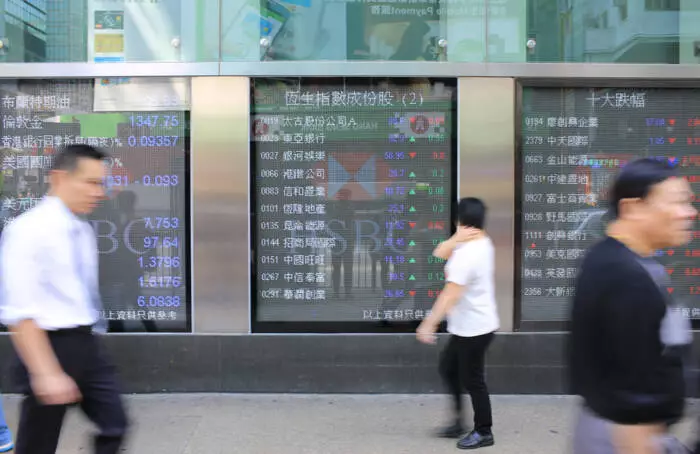The Hang Seng Index showcased a remarkable resurgence, posting a robust gain of 3.79% that signifies a solid winning streak extending over six weeks—the longest uninterrupted rise since 2019. This upward trend took many analysts by surprise, particularly in light of ongoing global trade tensions. Investors shifted their focus towards the more favorable aspects of the market environment, including the Chinese government’s pledges for stimulus. This proactive stance by Beijing has invigorated investor sentiment, particularly in tech stocks, which have been central to this rally.
The Hang Seng Tech Index mirrored this positive trend, achieving an impressive 6.03% upside as it matched the six-week winning streak of its parent index. Key players such as Alibaba and Tencent significantly contributed to this growth, with Alibaba’s shares soaring by 11.60% after it surprisingly exceeded revenue expectations. Meanwhile, Tencent saw a notable 9.12% increase. However, not all tech stocks participated in this rally. Baidu experienced a contrasting 7.30% decline, raising concerns among investors regarding its absence from a major governmental symposium and a dip in its quarterly revenue.
Amid apprehensions regarding U.S. tariffs, mainland Chinese equity markets exhibited resilience, with both the CSI 300 and Shanghai Composite Index posting gains of 1% and 0.97% respectively in the week concluding February 21. The prospect of new stimulus aimed at bolstering domestic consumption has helped alleviate some fears surrounding the trade war, allowing investors to maintain a balanced outlook.
Conversely, commodities presented a mixed bag of performances. Gold continued its impressive rise, marking its eighth consecutive week of gains with a 1.85% increase to close at $2,936. Notably, gold reached an all-time high of $2,955 before settling back. In contrast, crude oil faced pressure, declining by 3.39% to end at $70.557 amid investor concerns related to a potential slowdown in the U.S. economy.
Australian Market Pressures and Iron Ore Resilience
On the Australian front, the ASX 200 felt the brunt of market pressures, plummeting by 3.03% over the week. A less dovish stance from the Reserve Bank of Australia (RBA) spurred concerns, particularly following disappointing earnings reports from major banking institutions. Notably, Commonwealth Bank of Australia saw its stock drop by 8.29%, while National Australia Bank and Westpac Banking Corp were not spared from the downturn, with declines of 14.42% and 10.60%, respectively.
Despite the downturn in the financial sector, mining stocks found a silver lining in recovering iron ore prices, with firms such as BHP Group Ltd. and Rio Tinto Ltd. posting modest gains in their share prices. This divergence underscores the complex interplay between sectors in Australia’s stock market, highlighting how commodities can provide support to stocks under adverse conditions.
Japanese Market Dynamics and CurrencyFluctuations
The Nikkei Index faced challenges as it ended the week down 0.81%, influenced largely by the U.S. dollar’s decline against the Japanese yen, which fell by 2.01% to 140.226. The strengthening yen has raised alarms regarding its potential impact on Japanese exporters’ profitability. The anticipation of a rate hike from the Bank of Japan contributed to this currency shift, fueled by positive Q4 GDP figures and mounting inflationary pressures.
In this context, major Japanese corporations demonstrated varying performances, with Softbank Group Ltd. dropping by 2.56%, while companies such as Sony Corp. and Nissan Motor Corp. posted increases, suggesting a selective resilience in certain sectors.
As Asian markets approach the upcoming week, the focus will likely pivot towards new economic data releases, geopolitical developments, and any updates on U.S. tariffs. Investors are advised to monitor central bank policies closely, particularly the Bank of Japan’s tone in its forward guidance, which could influence market volatility significantly.
Moreover, potential fluctuations in the USD/JPY exchange rate could trigger shifts in investor behavior amidst a broader risk appetite recalibration. Therefore, traders must remain vigilant and responsive to evolving macroeconomic indicators as they navigate this ever-changing landscape of market dynamics.

